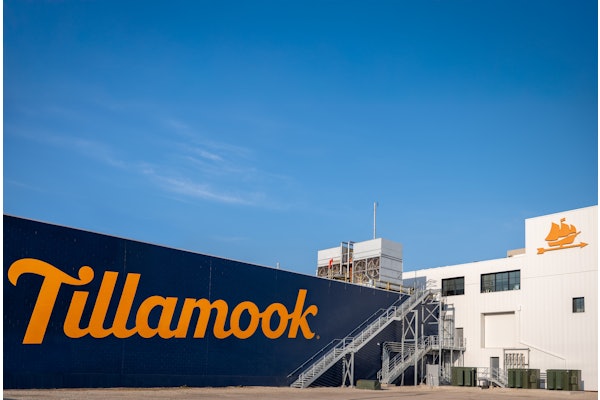An energy assessment was recently performed for Pearson’s Candy (Pearson’s)–a Minnesota candy company–offering Xcel Energy rebates for energy saving projects along with additional incentives on many of the projects. In order to claim these benefits, projects must be implemented within 12 months of the energy assessment. Additionally, the St. Paul Port Authority Trillion BTU program is available to analyze finance energy saving projects such as these. So, Pearson’s sought an MnTAP intern to further document its HVAC system in order to heat and cool the building more thoroughly and efficiently. Lydia DeBuhr, a Mechanical Engineering major at the University of Northwestern-St. Paul was welcomed into the facility.
Among the solutions offered by DeBuhr were to:
Turn off lights on weekends, the majority of which are otherwise never turned off. The locations of many switches and their functions were previously unknown due to the age of the building. After a thorough search, numbering, and documentation of the switches, a map dictating an efficient route to reach each indicated switch was created. This would reduce energy consumption by 86,000 kWh and save $9,000 annually.
Upgrade plant and office lighting to LEDs. This option would save 180,000 kWh and $16,000 annually.
Reduce leakage of compressed air used in most of the candy making equipment by better sealing joints, patching or replacing hoses with holes, and adding shutoff valves to equipment that has open exhaust lines, which would save the company 220,000 kWh and $24,000 annually.
Insulate shared walls between heated and cooled spaces to avoid undesired heat transfer through walls, affecting both the high temperature of the tank rooms and the cooler temperature of the production floor. Initial tests with thermal insulating paint, which seemed a simple, cost-effective method to improve insulation without taking up extra space in these crowded areas, proved statistically insignificant. More-traditional methods of insulating should be investigated.
Reuse air scrubber wastewater in liquid sugar batches. As long as the piping meets food grade standards the only contaminant to the water is sugar from the air, which will not harm the liquid sugar batches as they are boiled. This solution would reduce wastewater by 47,000 gallons and save $1,500 annually.
“We believed that we had potential to upgrade our 40-year old HVAC equipment and generate significant energy savings and cost reductions, but we never seemed to have time to untangle the nest of details in that system,” says Alex Allen, vice president of operations at Pearson’s Candy. “Lydia literally walked, crawled and climbed into every dark and hidden corner to track down each piece of the hodge-podge system that included over 100 various heaters, air handlers, fans and blowers. With her efforts and excellent details we were able to receive engineering proposals for a system re-design that will reduce our site-wide energy usage by 30% at half the capital cost of replacing each individual piece.”
The company was so pleased with DeBuhr’s determination and solutions that she has been hired into a permanent role at the facility.
View the MnTAP Internship results.
PACK EXPO Las Vegas and Healthcare Packaging EXPO (Sept. 27-29, Las Vegas Convention Center) will reunite the packaging and processing community, offering new products, technologies and solutions, while implementing up-to-date protocols for a safe and successful in-person event. Attendee registration is now open.























